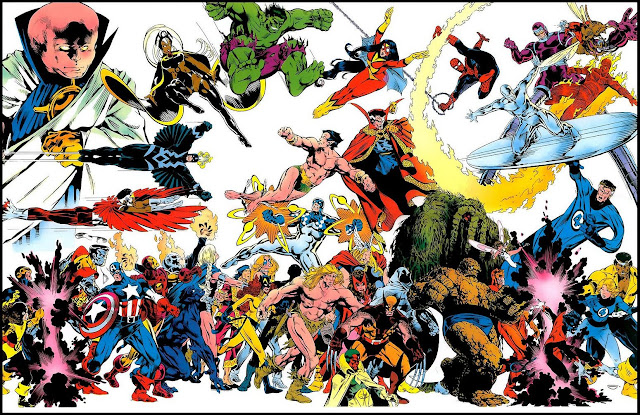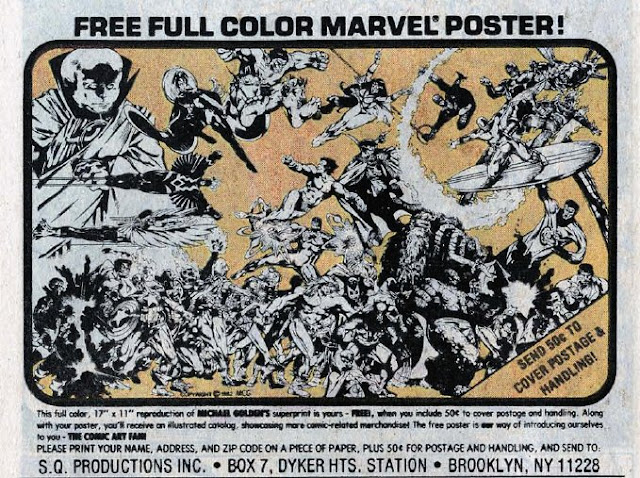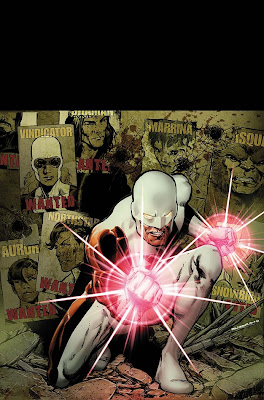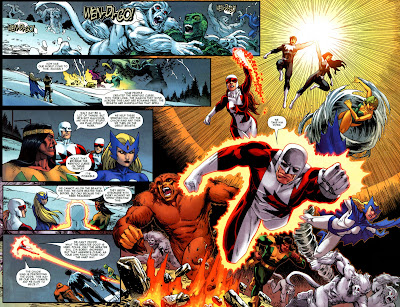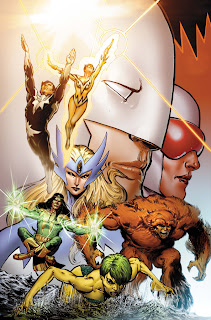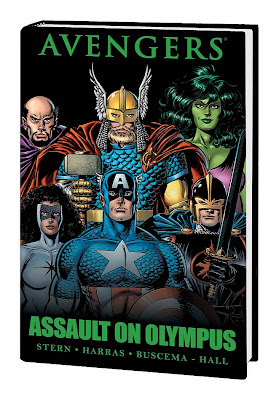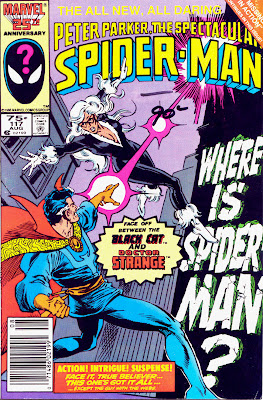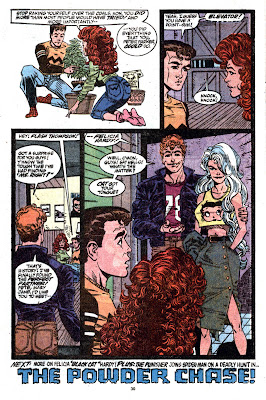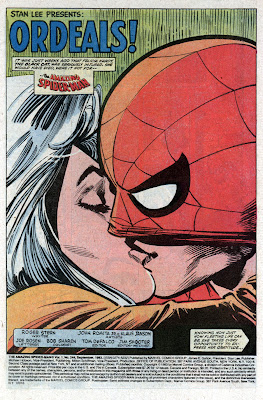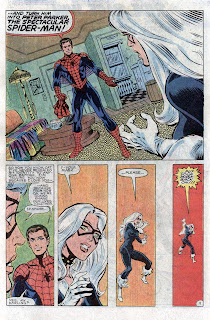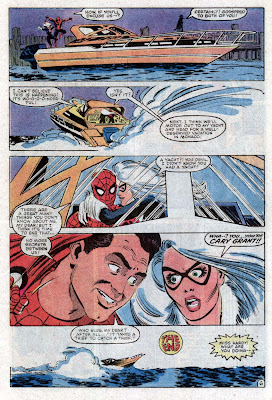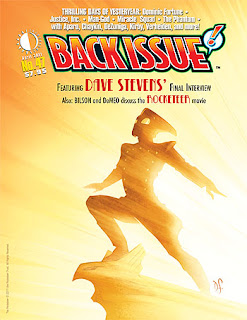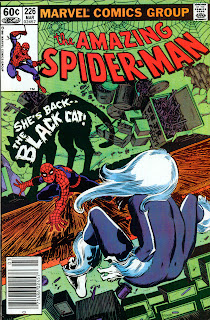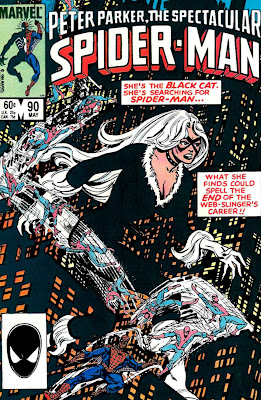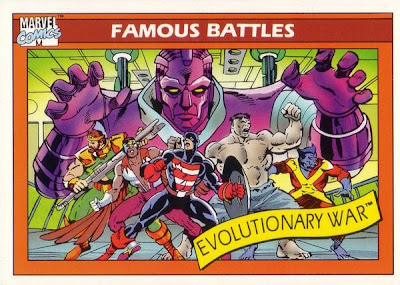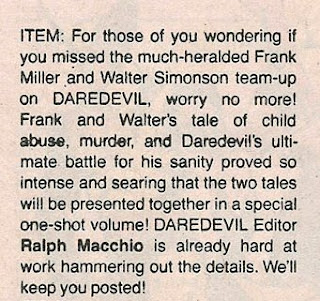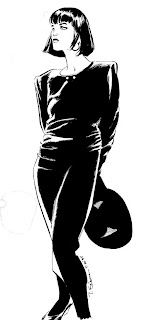IDENTITY COMPLEX
Roger Stern felt that “the Black Cat should be interested in Spider-Man, but not so much in Peter Parker. Up to that point, it was always Peter who had the on-again/off-again romantic entanglements. I thought it would be fun to add a few more complications to his Spider-Man identity.”
And that’s exactly what Bill Mantlo did in the pages of Peter Parker the Spectacular Spider-Man. Black Cat was Spider-Man’s girlfriend, not Peter’s.
As their relationship progressed, Spider-Man decided to let Black Cat into his life and she was underwhelmed by his humble apartment: “Lover, you’re Spider-Man – famous the world over as a fearless fighter of crime! How can a hero like you live here??! Here??!”
In Peter Parker the Spectacular Spider-Man #87 (Feb. 1984), Peter boldly revealed his secret identity to the Black Cat. She was the first girlfriend he had unmasked himself to.
Until that point, Felicia was always uncomfortable and reluctant to see Spider-Man unmasked. She feared that the thrill and excitement of their mysterious romance would be lost if she knew who he really was. Her fears became concrete.
“We all look for something in a relationship,” Tom DeFalco, former Spider-Man editor and writer, explains. “Felicia was looking for the excitement of the relationship. Whenever you start a relationship, it’s full of excitement as you’re pursuing the other person. Once you settle down, that’s where the difficulty occurs. Felicia was the kind of person that loved falling in love, but wasn’t so crazy about being in love.”
Unfortunately, her reaction is one of shock and disbelief. “Y-your mask … Please … Put your mask back on!!! (…) “Wearing that mask, you’re my man of mystery. You’re the night and excitement and death-defying adventure!”
The panel sequence and framing of this scene amplified Black Cat’s reaction. Artist Al Milgrom focused on Felicia with no background and pulled away from her in an almost Hitchcock-like progression, as if her fictional world was collapsing in on itself.
“It’s funny, Felicia is almost like the Lois Lane, liking Superman but not Clark Kent,” Al Milgrom reveals. “That set up this weird love triangle where Felicia liked the hero identity more than his civilian identity.”
It isn’t difficult to see how the internalized romantic image of her father was transferred to Spider-Man. In him, Felicia saw the partner of her dreams. The only problem was that romantic image of Spider-Man didn’t include the boring and ordinary, Peter Parker.
In the off-beat Amazing Spider-Man #246 (Nov. 1983), “The Daydreamers!”, Roger Stern gets into Felicia’s head. This story taps into Felicia’s daydreams and shows us her ideal version of Spider-Man who is a lovable rogue, her perfect companion-in-crime, and ridiculously wealthy. And to top it off, when Spider-Man takes off his mask, Cary Grant’s face is revealed and the classic movie, To Catch A Thief, is alluded to.
Roger Stern “saw her as a more casual romantic interest. If things had gone the way I'd wanted, the Black Cat would have become the woman who would show up now and then in Spider-Man's life. The rest of the time she'd be off in some exotic locale. And I thought that she might occasionally lure Our Hero off to one of those locales. It would have made for a nice change of pace to get him out of his usual element.”
INFERIORITY COMPLEX
After her brutal beating at the hands of Doctor Octopus, Spider-man had thought it best not to have a partner that didn’t have powers. However, Felicia convinced him otherwise.
In her criminal days, to live up to her name’s sake, Felicia would set traps or obstacles in the area where she planned to commit her burglaries. For example, rigging shelves to collapse on her pursuers, allowing her to escape.
Teaming-up with Spider-Man, she quickly developed an inferiority complex. She was only human, operating at an Olympic level in terms of her agility and speed, but still no match for the proportional powers of a spider.
In Peter Parker the Spectacular Spider-Man #88 (Mar. 1984), during a battle with Mr. Hyde, Spider-Man told her to stand down. Her reaction was sour: “This is the last time I’ll be shunted off to safety, my Spider-Man! The last time!” And later that issue, “As long as I possess no super-powers of my own, I’m a liability to him!”
Felicia’s inferiority complex drove her to obtain super powers at any cost. While the Secret Wars had whisked Spider-Man away, Felicia went on a quest to gain superpowers. An underworld scientist, succeeded in unlocking Felicia’s latent power and enhancing it. However, Felicia was mortified to discover that the scientist was employed by the Kingpin and found herself awkwardly in his debt.
The Official Handbook of the Marvel Universe Volume 2 #2 (Jan. 1986) defined her new powers as follows: “[her] bad luck tricks subliminally affect probability fields, causing improbable things to occur within her line of sight. This talent would seem to be a natural unconsciously-controlled ability to manipulate probabilities in extremely localized areas which is triggered when she is in a stressful situation (such as fighting or escaping).”
With her new bad luck powers, as well as enhanced agility and speed, she rejoined Spider-Man with a renewed confidence. However, Felicia kept the truth of who was behind her powers from him. This secret became increasingly difficult to keep as those powers began to affect anyone around her, including Spider-Man.
RELATIONSHIP ISSUES
While Felicia and Peter had relationship issues to deal with, the general fan response to their relationship was rather loud. From the letter page in Peter Parker the Spectacular Spider-Man #92 (July 1984): “We were literally swamped with mail on PETER PARKER #87, all of it with advice on what poor Peter should do about his love life. Now we know what Ann Landers must feel like!”
While the response was overwhelming, it wasn’t clear how readers actually felt about their relationship. From the letter page in Peter Parker the Spectacular Spider-Man #82 (Sept. 1983): ”But you might be interested to know that not all our readers share your enthusiasm for a permanent Black Cat/Spidey union.” I was unable to aggregate any real numbers on fan opinion, but it wasn’t hard to see that it was divided.
Having been an avid Spidey fan in the 1980s, my thirteen-year-old mind frame didn’t fully grasp the implications of their relationship. As someone who dreamed of being Spider-Man, I was similarly attracted to the Black Cat. At that age, or any age, who wouldn’t fantasize about the Black Cat being his girlfriend? Peter Parker was the nerd that readers could associate with and having such a glamorous and beautiful girlfriend was almost unthinkable.
It was one thing being Spider-Man’s girlfriend, but being his crime-fighting partner was something different and never fit for me. Until then, it was Peter Parker that had girlfriends, like Gwen Stacy or Mary Jane, and he couldn’t share both sides of his life. But, with Black Cat, Spider-Man ceased to be a loner and joined the ranks of other crime-fighting couples, like Mr. Fantastic and the Invisible Woman or Hawkeye and Mockingbird.
You couldn’t help but be happy for Black Cat and Spider-Man as they seemed to have found something special in each other. However, it didn’t last. Unlike the other couples mentioned above, Black Cat wanted nothing to do with the Peter Parker side of Spider-Man’s life. Her reaction was the flip-side of his Peter Parker relationships who wanted nothing to do with Spider-Man.
Their relationship came to a head in Peter Parker the Spectacular Spider-Man #100 (Mar. 1985):
“It’s not that I don’t love you, Felicia – ‘cause in a way I do, you’re the most glamorous exciting girl I’ve ever known. But we’re so different … too different. You’re … I don’t know … Too amoral. I like adventure as much as anyone, but I do care about which side of the law I get my kicks on!
“For you, there is no Felicia Hardy! Only the Black Cat! You want it to be the same way for me, want me to be Spider-Man all the time! I can’t be… won’t be … the person you seem to want me to be: a mysterious masked adventurer out of some romance novel. I’m sorry, Felicia, but we’ve got to stop seeing each other!”


